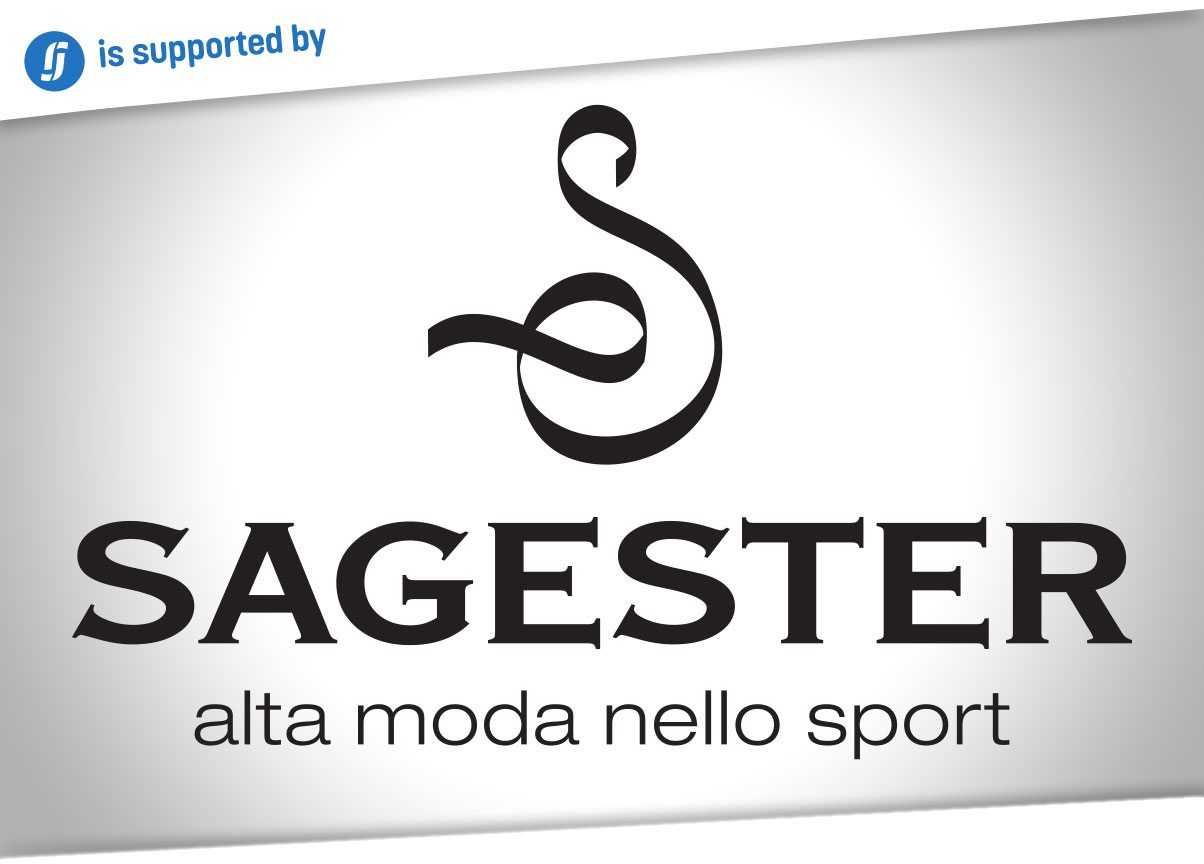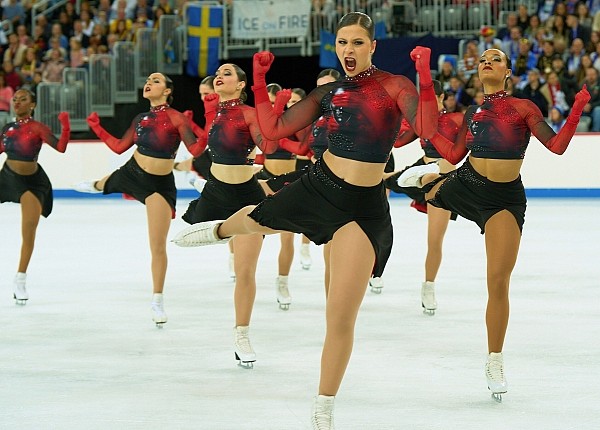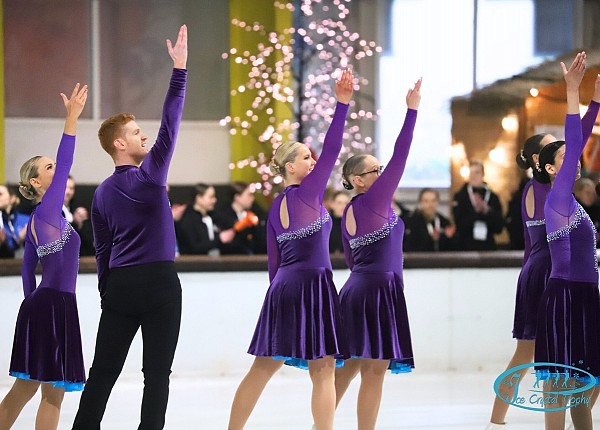Editorial
When drama appears in synchronized skating
Editorial
When drama appears in synchronized skating

Marigold Ice Unity (FIN) performing its "Notre Dame de Paris" program. (Credits: Ville Vairinen - 2020)
"Why drama lessons?" Many synchro skaters have had to answer this question at least once in their life. Check out Chloé Leducq's editorial.

Dozens of faces turned in the same direction. Gestures orchestrated by music. Blades that slide in unison on the ice. Coordinated movements. Bodies that convey only one message.
The accuracy of the synchro skaters' movements is arrived at through many rigorous hours of training. Synchro and drama are almost two inseparable arts: drama is a means of expression necessary for synchronization.
The program exists through spectator's own imagination. As in the cinema or the theatre, the performance creates its own story and unique emotions.
The accuracy of the synchro skaters' movements is arrived at through many rigorous hours of training. Synchro and drama are almost two inseparable arts: drama is a means of expression necessary for synchronization.
The program exists through spectator's own imagination. As in the cinema or the theatre, the performance creates its own story and unique emotions.

The work of skaters' expressions then becomes important insofar as it is emotional and meaningful.
In a world where it is sometimes complex to be one's self, drama allows us to release our emotions during a program.
Letting go is to stop believing that you can control everything. It's letting your body speak and your emotions dance to the music. This feeling of freedom, increased tenfold by the sensation of flying on the ice, allows the skater to assert himself and captivate the public.
In a world where it is sometimes complex to be one's self, drama allows us to release our emotions during a program.
Letting go is to stop believing that you can control everything. It's letting your body speak and your emotions dance to the music. This feeling of freedom, increased tenfold by the sensation of flying on the ice, allows the skater to assert himself and captivate the public.
Numerous drama exercises, e.g. improvisation, confidence drills, synchronization or concentration, improve everyone's imagination, which also strengthens listening, harmony, cohesion and spirit within a team.
Synchronized skating even takes up most of the drama codes: costumes, make-up, exaggerated facial expressions, improvisations, simulations, and the "Break a leg" attitude which actors or skaters say to each other before going on the stage.
Synchronized skating even takes up most of the drama codes: costumes, make-up, exaggerated facial expressions, improvisations, simulations, and the "Break a leg" attitude which actors or skaters say to each other before going on the stage.

The cohabitation of these two arts is no longer in doubt. The art of representation and synchro come together to tell a story and exhilarate all who believe in it.
For the anecdote, one of the most famous traditions in the theater is to encourage each other before going on stage by saying "Break a leg" which is the translation of the French word "Merde" which could also mean "Dung". The custom dates back to the time when the success of a play was calculated by the amount of horse dung at the theatre's entrance. In fact, the more dung meant more spectators inside watching the play!
Fortunately, a tradition which no longer exists in the days of synchronized skating.
For the anecdote, one of the most famous traditions in the theater is to encourage each other before going on stage by saying "Break a leg" which is the translation of the French word "Merde" which could also mean "Dung". The custom dates back to the time when the success of a play was calculated by the amount of horse dung at the theatre's entrance. In fact, the more dung meant more spectators inside watching the play!
Fortunately, a tradition which no longer exists in the days of synchronized skating.




